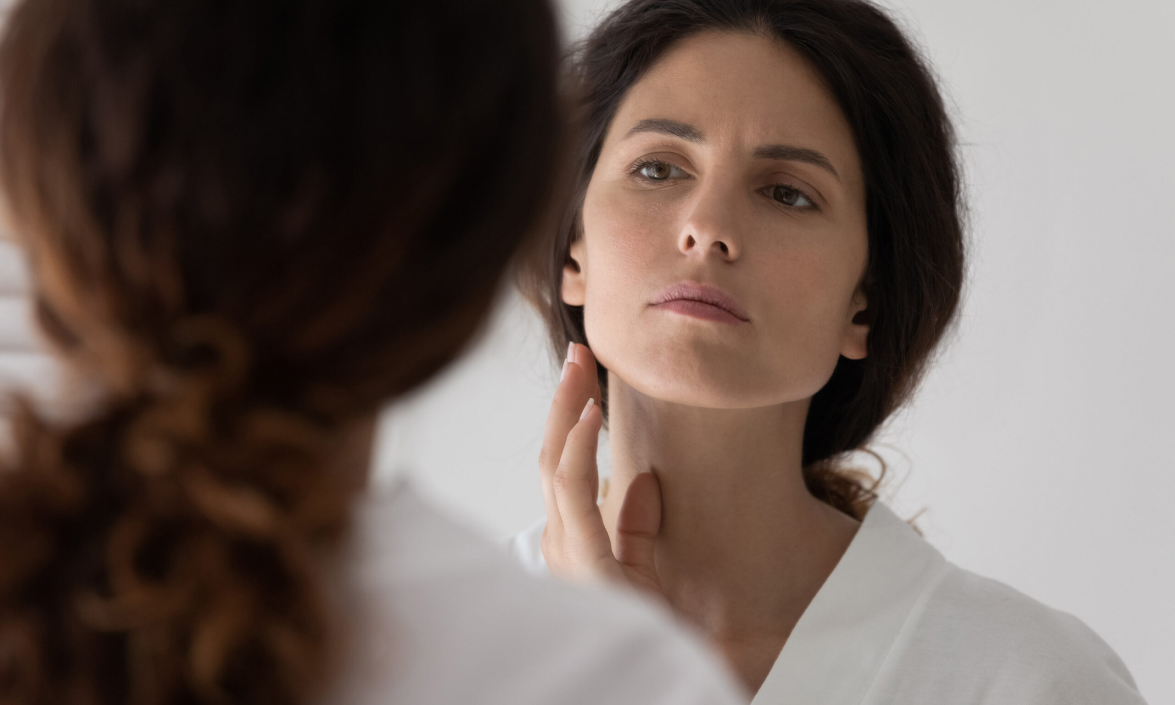Comparing Red Light and Botox for Wrinkles: Which is More Effective?

Discussions on TikTok often focus on debatable topics. A recent trend in the skin-care community has been discussing the best method to treat wrinkles. Some favor neurotoxins like Botox Cosmetic, Xeomin, Dysport, Jeuveau and Daxxify which freeze muscle movement, while others prefer alternative methods like red light therapy that can also minimize signs of aging. This debate led to a comparison of red light therapy and Botox for smoothing the "number 11s." Skin-care professionals provide insights on this issue.
A current trend suggests replacing Botox with red light therapy to combat wrinkle issues. #botox #redlight #infraredlighttherapy #redlighttherapy
Red light therapy (RLT) is a treatment that uses low-level red light wavelengths to treat skin problems and aid healing. It is effective in treating wrinkles, redness, acne, scars, psoriasis and signs of aging. Celebrity aesthetician Veronica Barton Schwartz endorses the benefits of red LED light therapy. She claims that "Red LED Light therapy reduces fine lines and wrinkles, going beyond just the surface of the skin. The therapy has been utilized in my spas for over 18 years and has revolutionized my business.” Her endorsement stems from years of first-hand observations of its effect on collagen stimulation and skin vitality restoration.
Yet, dermatologist Jody Levine, MD of New York suggests a combination approach, recognizing the complex nature of aging skin. Levine explains that different types of wrinkles exist: dynamic wrinkles and static wrinkles. Dynamic wrinkles result from continuous movement, and red light does not eliminate these. Static wrinkles result from aging and sun damage and do not originate from movement. She suggests that red light can be more effective against static wrinkles, but dynamic wrinkles require muscle relaxation to erase.
Repêchage Skin care partner Shiri Sarfati has witnessed the overcompensation of muscles after Botox treatments. She noticed other muscles overcompensating for Botox in areas that normally do not have wrinkles, such as the nose. Sarfati is a supporter of red-light, particularly when it is integrated into a daily regimen. She suggests using red light in combination with a concentrated serum or a saturated sheet mask in replenishing serums. Repechage often includes red light in their facials and massage treatments.
However, celebrity aesthetician Nerida Joy advises caution about exaggerated claims related to red light therapy. She believes "Red, in color therapy, is a stimulant. It can activate cells, but it can also cause heat and inflammation in the cells". Joy emphasizes considering individual skin types and potential sensitivities when choosing a treatment option.
Plastic surgeon Ruth L. Hillelson, MD, adds that both treatments have their unique strengths, but neither can substitute for the other. While skilled injections can prevent worsening of lines and furrows, LED light cannot replace Botox. This concept may seem appealing, but it is not completely accurate.




